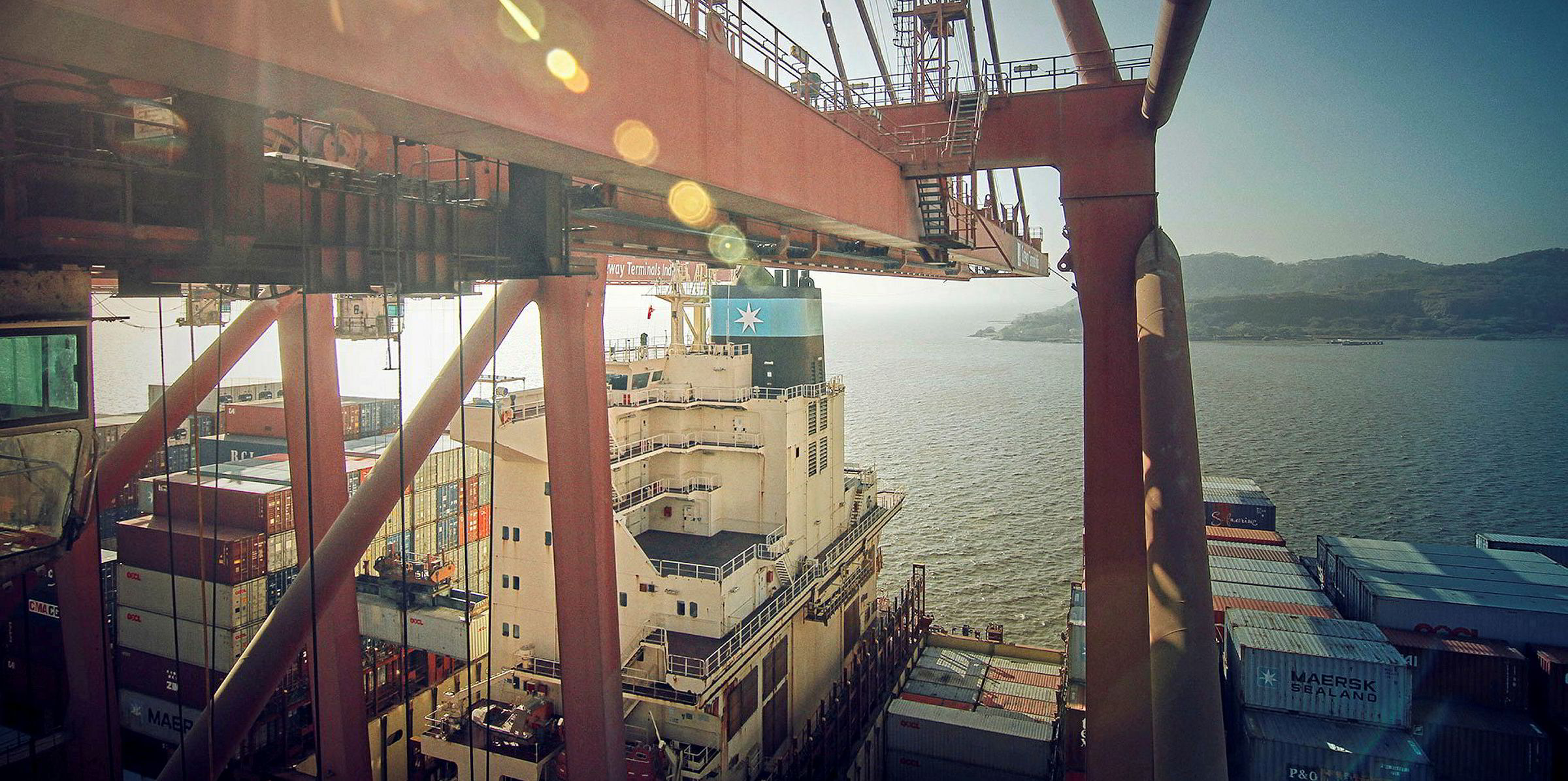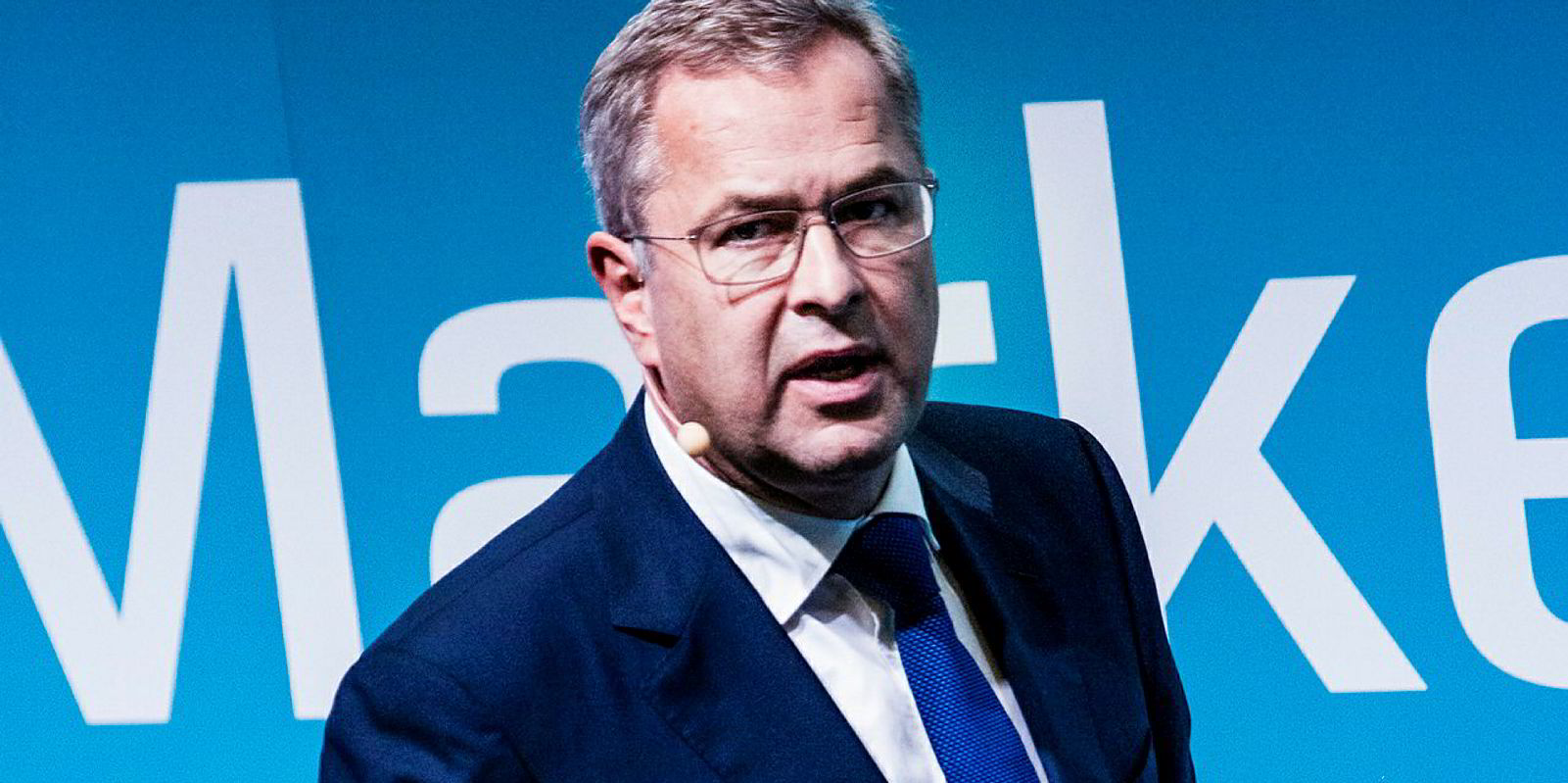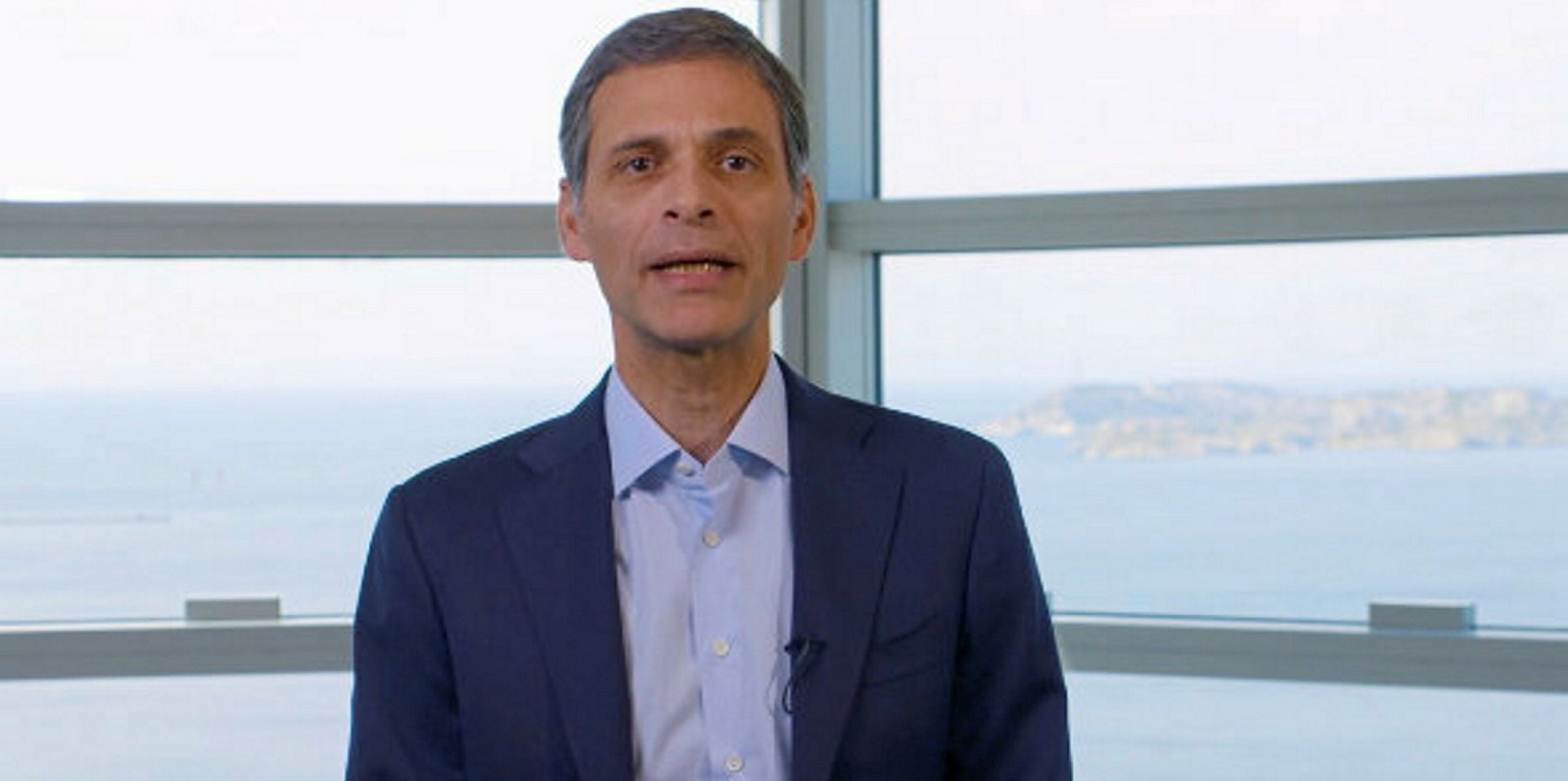A 20% to 25% slump in container shipping volumes forecast in the second quarter of 2020 by AP Moller-Maersk could cost the Danish liner giant up to $1bn, executives revealed on Wednesday.
However, the loss would be offset by much lower fuel prices and freight rates held high by capacity cuts.
In an analyst’s conference call about the group’s first-quarter result, chief executive Soren Skou pointed to a $125m hit to Ebitda in the first three months caused by a 3.2% drop in ocean volumes resulting from the coronavirus pandemic.
“You can probably multiply that five or six times to get to the impact on [the second quarter] if we end up with a 20% reduction,” Skou said. A 20% fall would, therefore, equate to a $750m to $900m hit.
Negative effect
But Skou added that the loss would be offset by significantly lower bunker prices than those in the first period, which had a negative effect to the tune of $339m.
“The fuel price will be a positive. We will see an immediate effect of lower fuel prices in Q2. I would expect we will spend about half of the absolute dollar amount,” he said.
Skou said that freight rates, which have risen as capacity has been cut by voiding sailings, will be key to the line’s profitability.
The carrier experienced higher bunker prices in the first quarter due to the IMO 2020 switch to lower sulphur fuels, but its self-supply strategy and lower oil prices now prevailing are major benefits.
Maersk has adopted floating fuel charges in about 90% of its long-term shipping contracts, which should mean the price in effect is neutral for them, but it can benefit in the spot and short-term markets where freight rates are increasing. The Shanghai container index is up to 9% higher than at the same time last year, Skou said.
“Freight rates will be the driver of the second quarter result because we carry six weeks of inventory on the fuel side. So we basically know what our fuel costs will be,” Skou said. Higher freight rates in the first period of the year added $368m to the group’s Ebitda results.
Blank sailings
On Wednesday, Maersk said it will blank 140 sailings in the second quarter, up from 90 voided sailings in the first period when the group logged a return to net profit. It made $209m compared with a loss of $656m a year ago, as revenue edged up to $9.57bn, from $9.54bn.
Skou said freight rate discipline and carriers ability to manage capacity is greatly improved now than in the 2008-2009 financial crisis due to the greater ease the three bigger alliances can now exert in cutting sailings, plus a much lower orderbook meaning masses of huge new ships are not being delivered into the market.
Maersk is giving a 5% variance in potential volume reductions for the period because the effect of the pandemic on some trades, such as Latin America and West Africa, had been less visible until recently, he said.
The carrier was also not able to predict how long it would take for cargo shippers to sell off stocks of goods they had already imported, but it is confident it can keep its unit costs “manageable” with ongoing shift to digital sales helping to keep it to its previous 2% reductions per year
Acquisition opportunities
Skou added that the group will not aggressively pursue acquisition opportunities for distressed assets until a recovery is underway, but targets would much more likely be in the land transport, distribution or terminal sectors than ocean shipping.
“We have the size we need on the carrier side so any acquisitions on our part in the coming periods will be on the landside, and could be in logistics or terminals,” Skou said.
“We would like to have some visibility on when the recovery starts before we get aggressive on buying companies, but there might be a small situation here and there that we can pursue. We certainly haven’t given up on our strategy to do more acquisitions on the land side, but probably not right now.”







